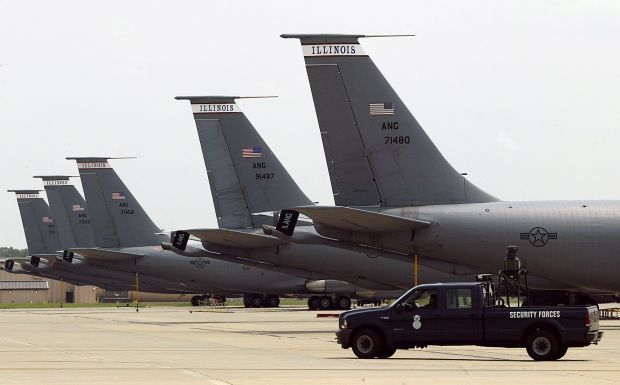

#SCOTT AIR FORCE BASE PROFESSIONAL#
Although AAF policy prevented them from serving on the front line, women who had professional or amateur radio licenses were encouraged to apply, along with women who had six hours of college physics and 20 hours of college mathematics.īy August of that same year, women were beginning a three-month instructor training course, earning a starting salary of $1650 per year with a raise to $2000 after graduating the course. In July of 1942, Scott’s director of training put out the call for women who met established criteria to serve as radio instructors. However, the radio school’s policy of keeping top graduates of the ROM course at Scott to serve as instructors proved untenable as the war heated up.

Women seeking this kind of service were blocked due to War Department policy banning women in combat roles. The AAF cross trained its radio operators and mechanics as aerial gunners a radioman may find himself in the skies of Europe fending off German fighters seeking to shoot him down.
#SCOTT AIR FORCE BASE HOW TO#
The instructors then filled the office with smoke and tear gas, pushing the civilians to figure out how to continue working in these adverse conditions.Ī much lesser-known group of civilians directly enabled Scott’s mission of training communicators for war. A 1943 article in The Broadcaster shows civilians working in the finance office donning gas masks. Scott civilians enjoyed no exemptions from this readiness focus, with even office employees receiving chemical warfare training. Women also served in administrative roles such as secretaries, like Maxine Grazian, who made the front page of the base’s Broadcaster newspaper in April 1942 by receiving a ticket for breaking the post’s bicycle speed limit of eight miles per hour.Īmericans during World War II felt a distinct threat to the homeland, with many different efforts to harden Scott’s local defenses. With our nation on a total war footing, women filled the ranks of many industries, including Civil Service jobs at Scott Field. Civilians have a long history of excellent support to Scott Air Force Base, and the World War II era was no exception.


 0 kommentar(er)
0 kommentar(er)
